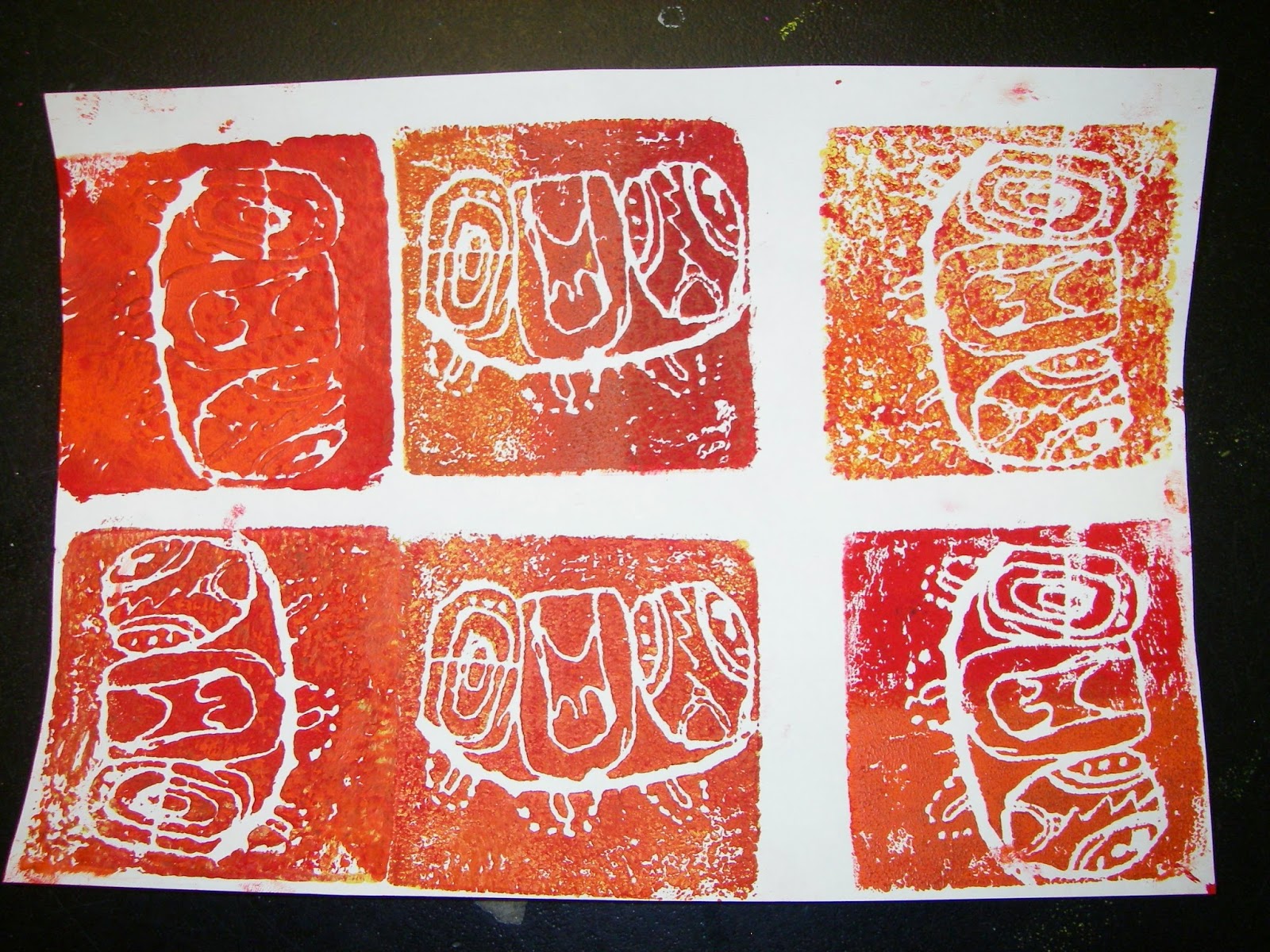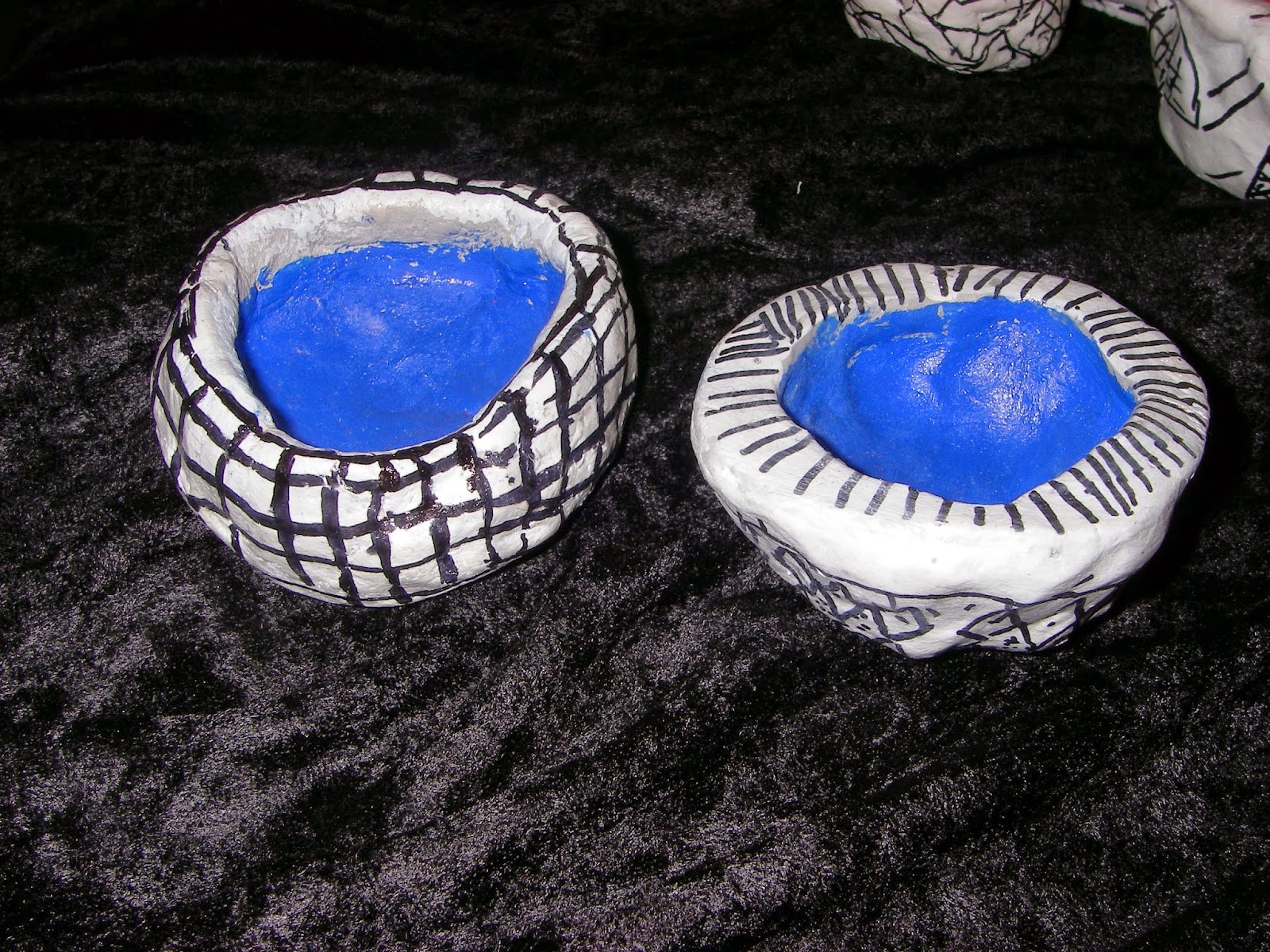J.W. Killam Family Tree
This is our Killam School Family Tree inspired by
the work of Gustav Klimt. Each student
and staff member made a self-portrait to create the “leaves” for the tree.
Students learned about facial proportions and were introduced to the Art
Nuevo style and the work of Gustav Klimt.
My original plan was to have students create a
new portrait each year and to save them so children would leave elementary
school with a series of self-portraits from Kindergarten through fifth
grade. However, my bubble was burst when
I heard numerous groans while introducing the assignment in September. I am not one who believes every lesson needs
be shiny, new and exciting at all times, but I really do want students to be
enthusiastic about the brief time they have in the studio each week- and so, I
am rethinking this plan. But for now,
our tree shows how we are each part of a bigger picture and together, we create
a masterpiece!
The
inspiration for this collaborative art came from a photo posted on The LearningExperience. Thank you for sharing your
beautiful mural and inspiring ours!






















































